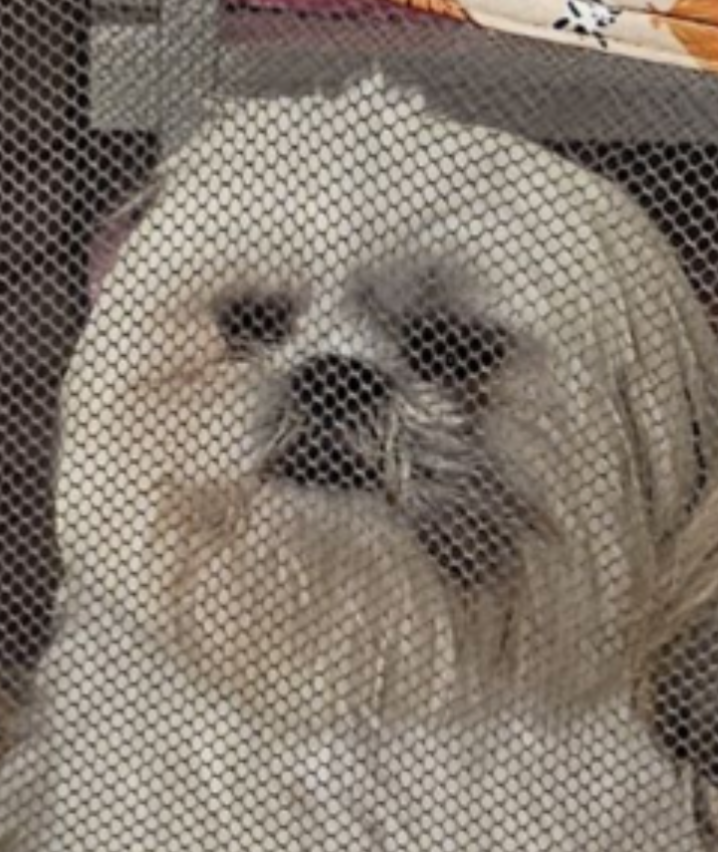- cross-posted to:
- hardware@lemmy.world
- cross-posted to:
- hardware@lemmy.world
Rooftop photovoltaic solar panels warm up and cool down cities in Nature Cities
after building a more detailed simulation than prior models that solar panels increase urban temperature variations, causing the five simulated cities to be hotter during the day and colder during the night.
Important bit here seems to be its a simulated city, fwiw. Though I can see the logic
Removed by mod
Realize I’m replying to myself, but does this heating take the actual climate heating that is ongoing due to continued fossil fuel use?
What do you mean by “take” here?
I suppose “accounting for” would’ve been a better description
I’m sure nobody is going to use THIS is bad faith. What could go wrong?
At the same time, these larger temperature swings result in higher wind speeds and potentially greater pollution.
The greater pollution they’re talking about is:
Also, greater pollution is possible due to the higher temperature differential between the ground, rooftop, and sky above that mixes smog, dust, and other pollutants into the air.
Pollution that already exists, just possibly spread around a little more.
I also didn’t see anything about their assumptions about solar panel-less roofs. Going to be pretty big differences if they’re assuming the Un-paneled roofs are all painted white, vs black, for instance.
We could get rid of individual car traffic in cities to compensate for both. :)
The theoretical explanation:
When RPVSPs are installed on roofs, they absorb a significant amount of solar energy, converting some of it into electricity but also generating heat in the process. This heat is released into the surrounding air, leading to an increase in air temperature around the panels. Moreover, the elevated installation of RPVSP creates two hot surfaces: the top surface of the panels and the underside surface. As air flows over these RPVSPs, it picks up heat more efficiently than it would from typical building or ground surfaces. Observational studies in the literature have shown that areas with RPVSP arrays can experience higher daytime air temperatures compared with reference sites without RPVSP.
In essence, the heat that would be absorbed by the building (requiring more energy for cooling the interior) is instead absorbed by the panels and conducted to the surrounding air which creates a convective heat exchange cycle on a city wide scale. It would be interesting if this were compared to awnings (and pegodas) that have been in use for centuries for passive cooling of space in and around buildings.
Further, It seems like this would call for the use of phase changing material to absorb the heat from the back of the solar panels which would reduce this intensification of the urban heat island effect as the heat energy would be use in the phase change process during the day and slowly released in the reverse phase change at night without conducting more heat into the building.
None of this seems to have any real consequence on the global warming effects of greenhouse gasses (primarily natural gas [methane] and Carbon Dioxide). But it is a more accute concern that is more likely to be addressed through local ordinances, laws, and regulations.
Also, the paper casually mentions how rooftop solar reduces the cooling load of the building. What I didn’t see acknowledged was that that extra cooling load (presumably traditional A/C) on a building without rooftop solar moves the heat out of the building into… (drum roll), the surrounding environment. So… the heat still got to the surrounding environment, it just took a longer path to get there.
Removed by mod
Those all seems like very workable options.
deleted by creator



